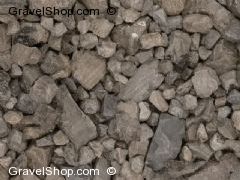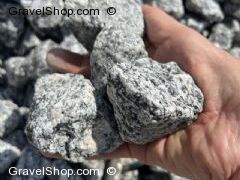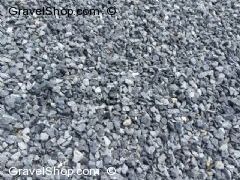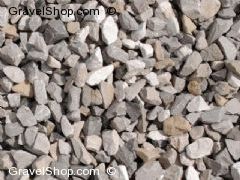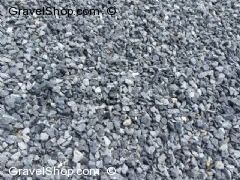$ 0.00
What Is Gravel Stone?
Gravel stone is a versatile material made up of various types of stones, including limestone, granite and trap rock to name a few. It is sourced from mines and quarries, with color variations and material types differing based on location. This diversity in shapes and colors opens up a wealth of creative possibilities for landscaping.
Essentially, gravel is a loose aggregation of rock fragments that occurs naturally due to sedimentary and erosive geological processes. It is also produced commercially in large quantities as crushed stone. Often, gravel refers to a mixture of various-sized stone pieces.
Most gravel originates from the weathering and disintegration of bedrock. Gravel can accumulate in various geological settings, such as in stream channels as gravel blankets, near shorelines, floodplains, and glacial deposits. Gravel prices are usually considered economical, yet environmental considerations regarding quality may lead to crushed stone being used. In some regions, particularly in the eastern United States, crushed stone is beginning to replace natural gravel, and the importance of recycled gravel is also on the rise.
What is crushed stone?
Crushed stone is a construction material made from breaking down large rock formations into smaller, more manageable pieces. The process involves extracting rock from quarries and then using heavy machinery to crush it into various sizes, typically ranging from fine particles to larger stones. Crushed stone is commonly composed of limestone, granite, trap rock, or other types of rock, and crushed stone used in a variety of applications similar to gravel stone.The main difference between crushed stone vs gravel stone is that crushed stone is mechanically crushed and graded to specific sizes whereas gravels tone is naturally occurring. Crushed stone vs gravel cost may vary as crushed stone may be more expensive due to the more energy-intensive requirements to crush the material.
What is Gravel and Crushed Stone used for?
The purpose of gravel in landscaping is nearly limitless. If you're looking for "gravel stone landscaping", "decorative landscaping stone", "Landscaping rocks", "types of gravel for construction", or "gravel stone near me" - then you've come to the right place. Gravel stone and crushed stone can be used for:Decorative Landscaping Stone
Enhance your front yard with gravel stone, which offers both decorative appeal and excellent drainage to prevent water pooling around plants. Mixing lime rock with gravel is ideal for drainage in garden beds, and comparing local prices can help you find the best deal.
Walkways and Driveways
Driveway gravel is available in various materials and colors, providing an adaptable surface that can resemble paved options at a lower cost. Blending different types creates visual interest, while limestone gravel adds a classic touch to enhance curb appeal.
Terracing and Paving
Gravel stone is perfect for terracing and paving due to its drainage and erosion control properties, offering a cost-effective and aesthetically pleasing solution. It blends naturally with outdoor settings and requires minimal maintenance, making it practical for various applications.
Drainage
Gravel stone is commonly used as a drainage gravel, used for French drains and almost any drainage purposes you can think of. It is a cost effective way to ensure you get good drainage whilst also maintaining a strong aggregate base.
Longevity and Cost Effectiveness
One of the most appealing aspects of using gravel in landscaping is its longevity. Unlike mulch, which requires annual replacement, gravel is durable and often remains intact for years. While the initial gravel stone price may be higher than alternatives like mulch, the long-term savings make it a wise investment. Gravel landscaping around the house can create a low-maintenance environment that looks great year-round.Driveways and drainage are where gravel stone is used very often, it is a very popular choice due to being readily available almost county-wide. It lasts a long time and with a great price point, means you don't have to break the bank to get it. It can also increase the aesthetic appeal of your property, being available in a variety of colors depending on your location.
Read our Gravel Size Gradation Chart blog to help you determine the volume and size of gravel you need, ensuring you purchase the right size for your project. Whether you need gravel by the bag or truckload, it's easy to find the right fit for your landscaping endeavors.
Why Order from Gravelshop
If you are searching for 'gravel stone near me', Gravelshop offers reliable, affordable, and quick delivery.Use our Gravel Stone Calculator to determine the quantity needed for your project.
Reliable Quality, Delivered Affordably - Your Project, Our Priority.
© Copyright 2025. Powered by Sand Group USA inc.
Type your Zipcode
Type the zip code of the delivery address to see available products and prices.

 Tipload
Tipload Bulkbag Lifted
Bulkbag Lifted Bulkbag Pallet
Bulkbag Pallet Package
Package








